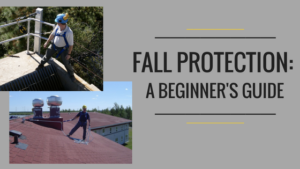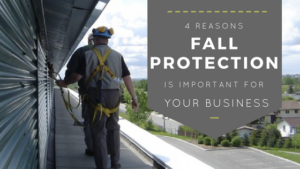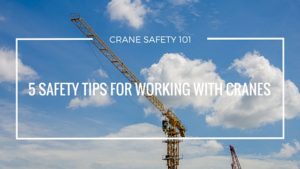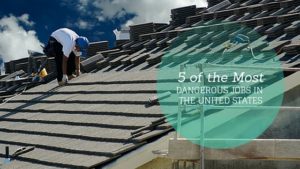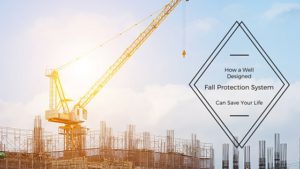Does your company provide services that involve working at height? Then, according to the 29th Title of the Federal Regulations Code issued by the Occupational Safety and Health Administration (OSHA) of the U.S. Department of Labor, your employees need fall arrest protection equipment. What Is Fall Arrest and How Does It Work? Fall arrest is a fall protection form that involves safely stopping a person from … [Read more...]
Beginner’s Guide to Fall Protection
4 Reasons Fall Protection Is Important for Your Business
There is a critical difference between simply having fall protection systems, and having, using and maintaining the right fall protection systems. There are four major reasons for an employer to have, and for employees to use, the best fall protection systems and services available. … [Read more...]
Crane Safety 101: 5 Safety Tips for Working with Cranes
Maintaining a safe work environment in which cranes are employed can be complicated Cranes are mobile, they move heavy loads, and they involve having people working at heights greater than six feet. Most accidents in the workplace are caused by human error. Error can be minimized. Crane safety, in its entirety, is complex, but there are five basics that every employer should have in place, so they know they are … [Read more...]
5 of the Most Dangerous Jobs in the United States
In 2013 there were 4,585 workplace fatalities in the United States. In 2014 the number was 4,821. The Bureau of Labor Statistics will publish 2015’s figures in December of this year, but current estimates keep the numbers in that region, and the jobs that make up most of the statistics are unlikely to change. When most people are asked to list the most dangerous jobs in the United States, they tend to name the … [Read more...]
How a Well Designed Fall Protection System Can Save Your Life
A recent government report stated that six workers fell to their deaths in April 2016. Both US and Canadian regulations demand that employers must minimize fall risk to employees who: 1. Work in elevated areas. This may be as little as four feet 2. Work where there are holes and other openings in floors, roofs or walls 3. Work above dangerous equipment, machinery, or materials Workplace environments and … [Read more...]
